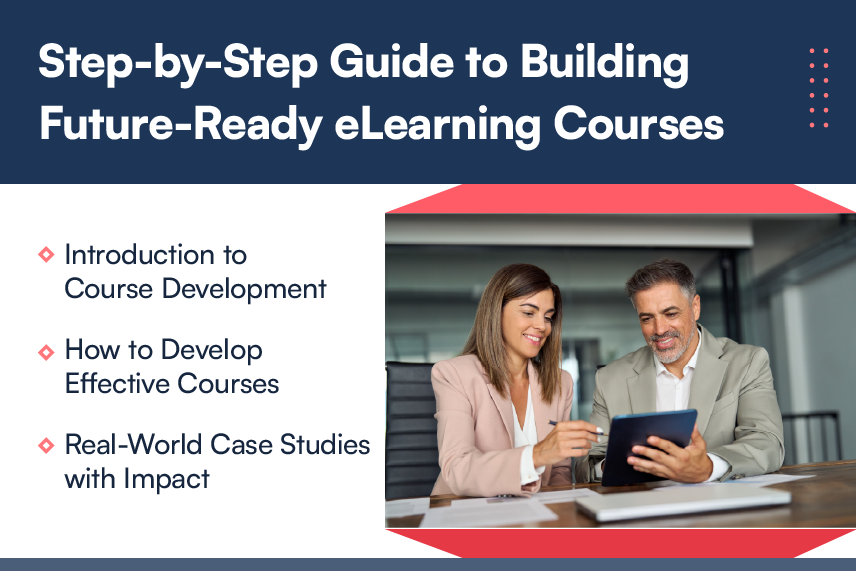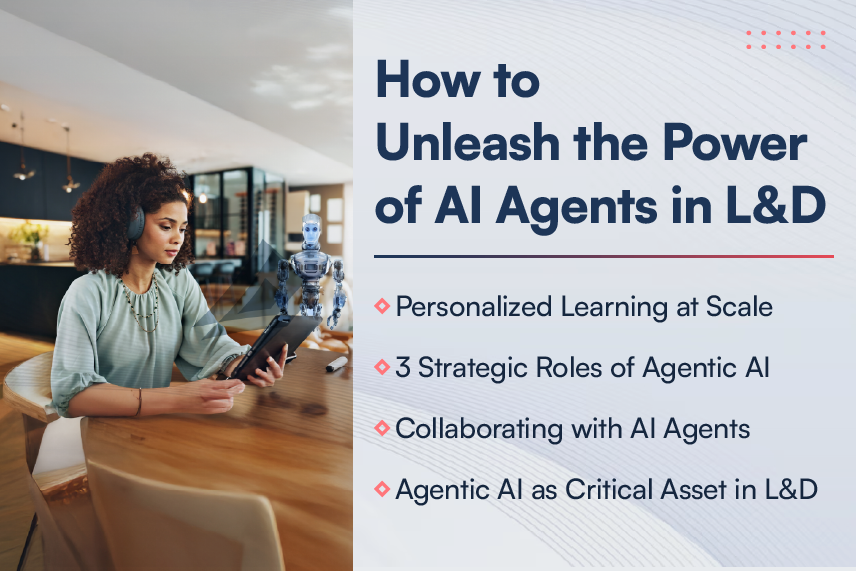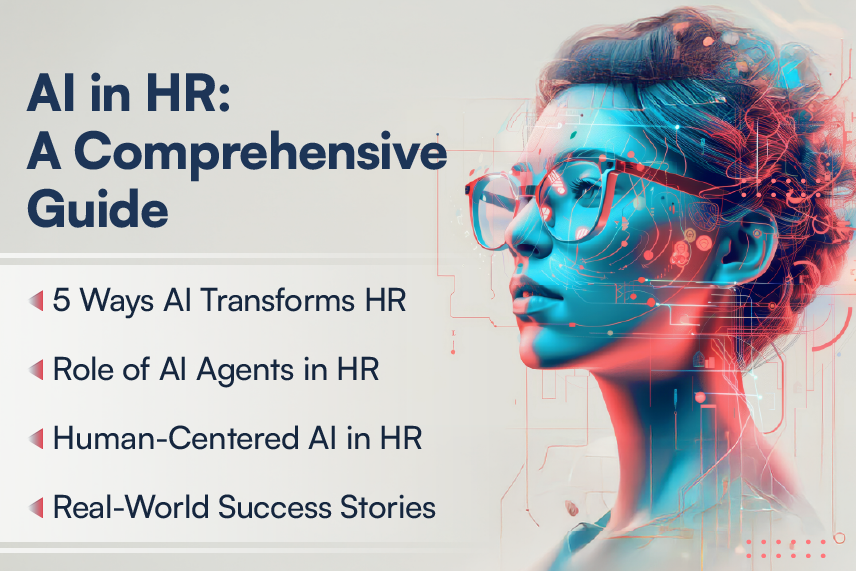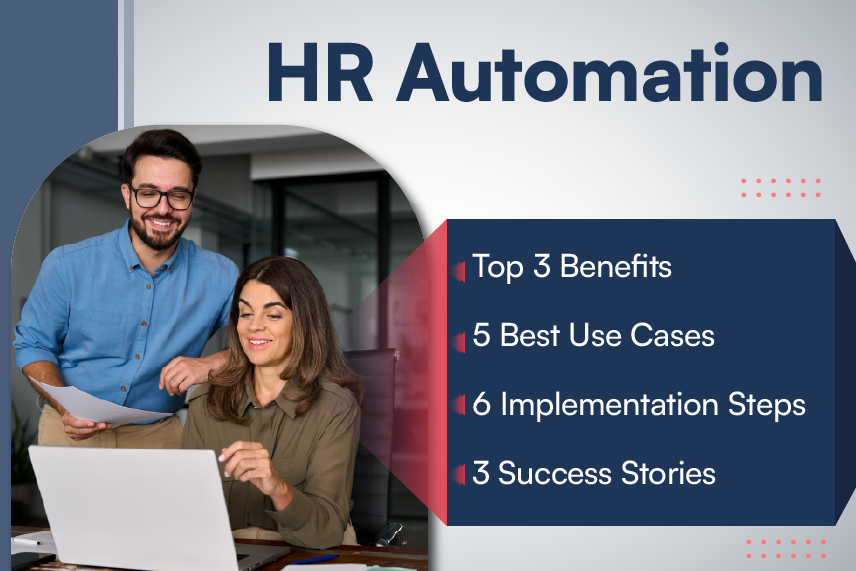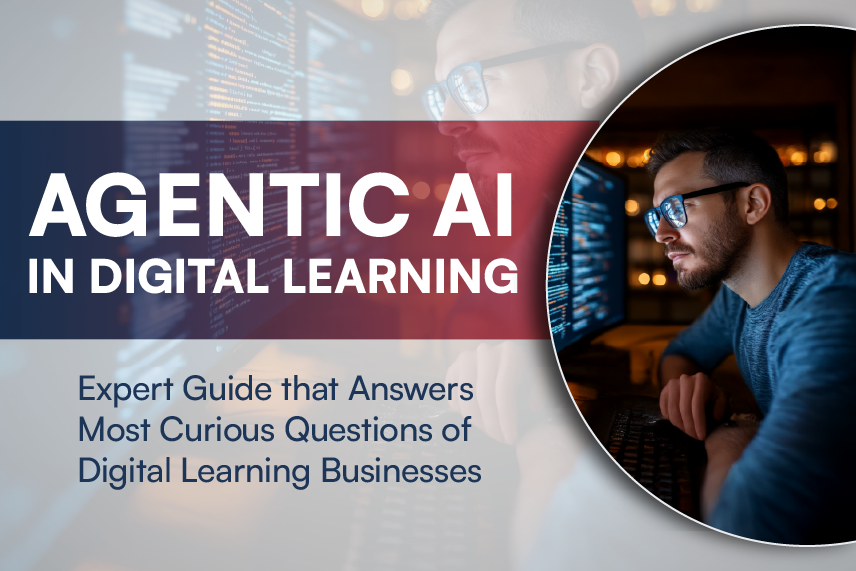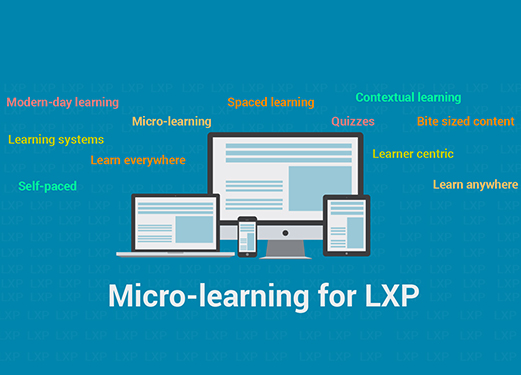
About a decade and a half back, I used to pick up the newspaper or get a call from friends or neighbours informing me about any ongoing offers and discounts available at nearby stores. Those were the good days. Fast forward to 2019, the good days are gone and better days are here. Now I wake up to mobile notifications informing me of the upcoming sale at H&M or the fabulous on-going offers at Staples. A little further in the day, when I am driving down to work, I get to hear a radio advertisement about the exciting discounts at Walmart. And if I have a particular store saved as a favorite, Alexa will be the first to inform me of any new offers. This is how we get notified in our day-to-day life these days. Small bursts of information are delivered at lightning speed 24×7.
The trend for everything short is now all pervasive. Everyone is short on time and prefers accessing smaller information nuggets. Needless to say, it is also impacting corporate training. Employees find it cumbersome and boring to sit through long training sessions. The millennials and Gen Z employees are in a state of constant distraction. Modern-day learners expect learning to be delivered in short bursts and that too whenever they need it. This kind of learning requires smart training platforms that provide Netflix like experiences and support bite-sized, searchable content. Micro-learning has become the new norm, an essential feature of today’s learning systems.
The situation wasn’t the same a couple of years back. Product managers and training departments were still wondering if it was just a fad or really the future of corporate training. But time has proved that micro-learning is not just a buzzword. It is here to stay. In fact, it has already started changing the way corporate training is designed. By definition, micro-learning is about delivering learning in smallest possible content size, just enough to suit the current need of the learner. But when it comes to implementation, it is a lot more than reducing the size of the content. Implementation can take many forms.
For instance, take the case of a learning platform that provides cognitive searchability and allows users to discover relevant content. User types in a specific keyword(s) and the platform skims through the entire database to extract relevant content nuggets in the form of articles, podcasts, video, images, or any other information format. This is micro-learning delivered just-in-time, i.e. the moment an employee needs it.
When an employee is reading an article and some terms are not clear to them, a chatbot residing on that system can explain those terms. This is an example of contextual-learning.
Another case-in-point is when an employee decides to take a quiz on a specific topic. Based on the quiz results and performance gaps, the platform can recommend content or nudge specific learning nuggets. This is an example of spaced-learning.
Here is one more case to consider. Say, an executive gets promoted as a team lead. Based on this profile change, the learning system starts recommending leadership content as daily morning tips.
You may have noticed that all of the above examples that characterize the modern learning systems, aptly called Learning Experience Platforms (LXP), have micro-learning nuggets as the basic elements. It also implies that the responsibility of micro-learning design and delivery does not lie just with instructional designers and content publishers. The learning platform too needs to be equipped with the right technology. And it is here, that a partner like Harbinger can help you. We have built intelligent micro-learning solutions for our customers. These range from chatbots for daily quizzes, xAPI based data measurements and learning analytics for insights, recommendation engines using artificial intelligence and machine learning, and custom connectors to integrate multiple subsystems within the entire learning ecosystem. We have also enabled optimum utilization of legacy content by modernizing it and automating serving smaller content bites at runtime based on search terms and content tagging.
The next-gen learning systems are moving away from the traditional administrator-driven systems, towards learner-centric entities. They allow users to learn “in the flow”. Micro-learning is a core component of these new learning systems. What are your micro-learning experiences? Please do post your comments below.


